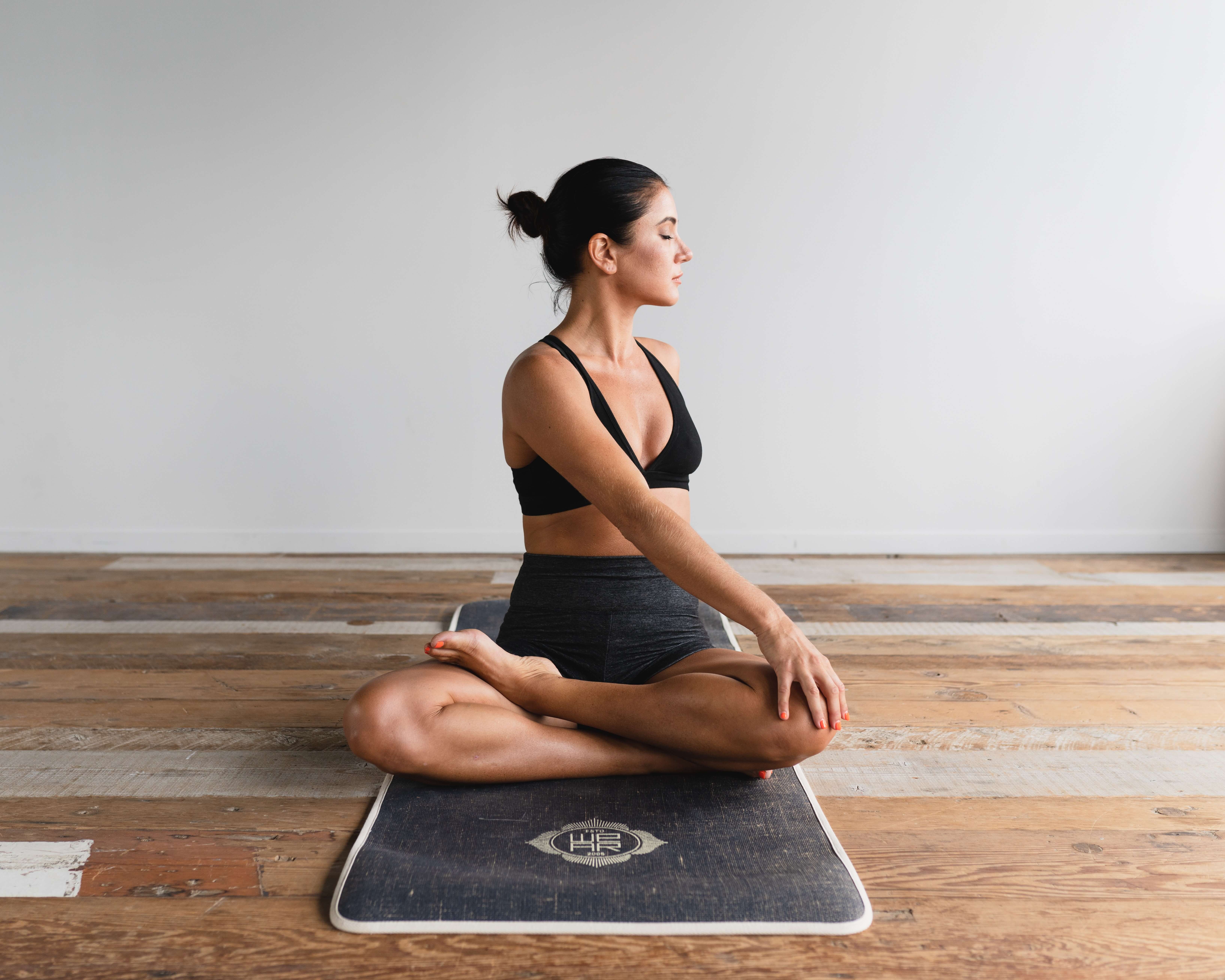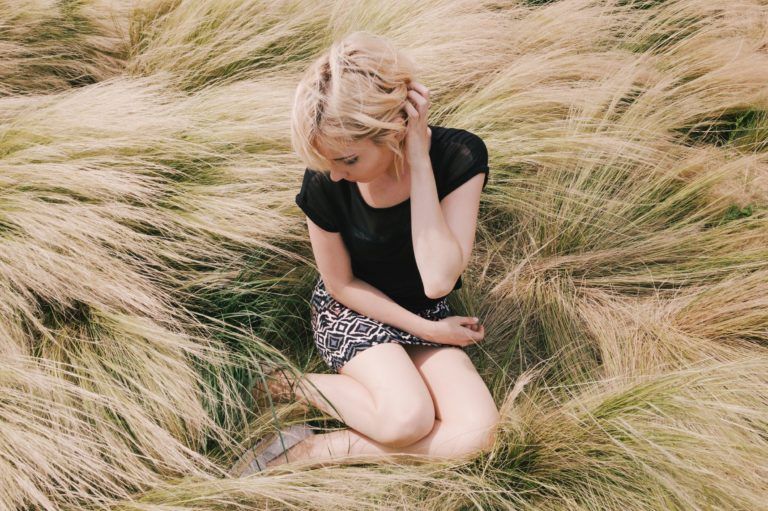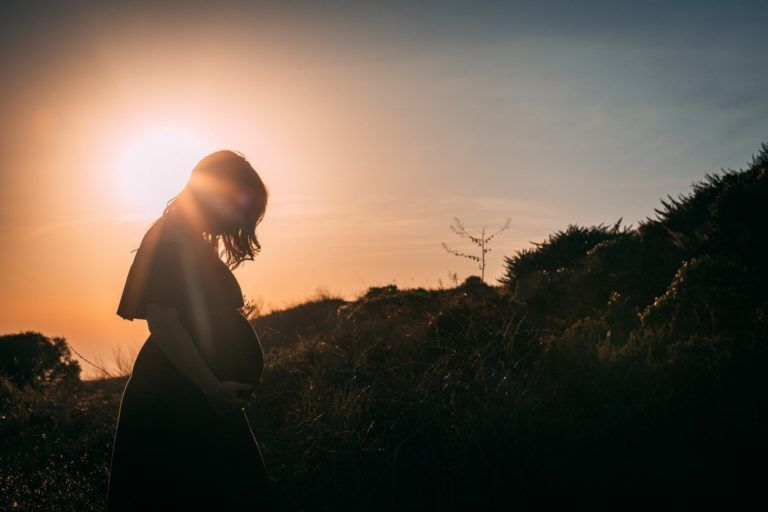A first trimester body doesn’t appear different to the outside eye, however, there are many new happenings occurring within. When you’re pregnant, your body is experiencing drastic increases in estrogen, progesterone, and relaxin. The fetus and placenta are completing the important job of forming proper attachment to the uterine wall. Because of all of these internal changes, it is important to make modifications to your yoga and exercise routines.
Postures to Avoid
Deep Twists
The first trimester is viewed as the most delicate stage of pregnancy because the fetus is implanting and the placenta is attaching to the uterus. While the uterus is small and protected by the pelvis, it is better to be safe by avoiding any deep, belly twists that could rupture an attachment. Instead, enjoy twist across the upper back and allow the stomach to be loose.
Deep Back Bends
These stretches compress the uterus and place pressure on the abdominal muscles. While working the abdominal muscles is wonderful in the second and third trimester, it isn’t recommended in the first trimester.
Laying on your stomach
These postures, like cobra, can be fine if practiced safely. Make sure not to collapse into the lower back creating pressure on the lower belly, but rather elongate the spine and push into the legs.
Jumps and Full Inversions
These postures present the threat of disturbing implantation. Low blood pressure occurs in pregnant people so it likely they’ll become dizzy and run the risk of falling.
Exhausting Physical Practices
Try to look at these modifications not as hindering your yoga practice, but as an opportunity to connect with and understand your body in a new way. Listen closely to your new body throughout your practice. Feel the connection to your baby and be empowered by your innate strength and ability to create life. Remember you are not sick or injured… you’re pregnant! It’s a natural and beautiful stage. In many ways, you’re more powerful than ever!
Your body is already working very hard. It needs all the energy it can get, so enjoy some restorative poses, and avoid fast vinyasa series that will raise the body too high. The hormone relaxin is also allowing your muscle to stretch further than is appropriate for them, so moving slowly with proper alignment will reduce potential injuries.
With these modifications and a strong awareness of how your body is feeling, it will be safe to continue practicing yoga during your first trimester. Yoga during pregnancy is invaluable to understanding your new body, connecting to your growing baby, and preparing for the birth process. Enjoy and good luck!






